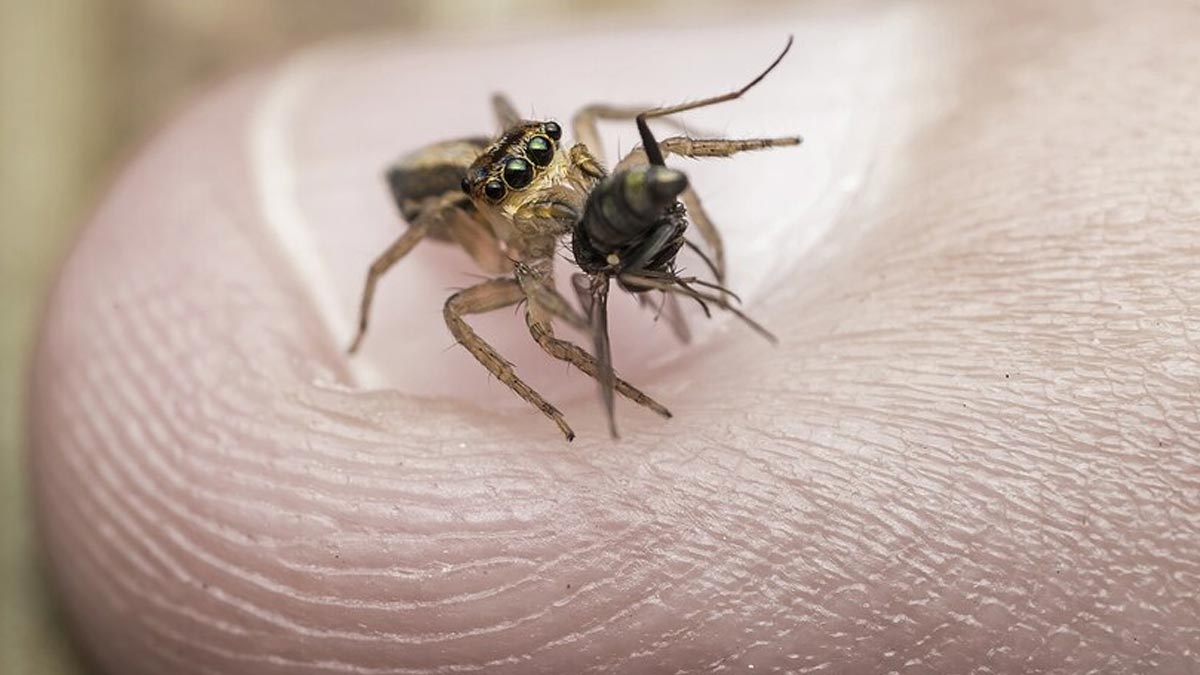
Have you ever woken up to mysterious itchy marks on your skin or felt a sudden sting while spending time outdoors? If so, you might have experienced an insect bite. Insect bites are common occurrences, especially during warmer months or in areas with dense vegetation. Understanding how to identify different types of insect bites can help you take appropriate action and alleviate discomfort. Here's a guide to help you recognise insect bites and know what to do about them.
Table of Content:-
Common Insect Bite Symptoms
The following symptoms can help you identify if those suspicious marks on your body are due to an insect bite:
- Redness and Swelling: Insect bites often cause localised redness and swelling around the affected area. This inflammation is your body's natural response to the insect's saliva or venom.
- Itching or Pain: One of the most common symptoms of insect bites is itching. The severity of itching can vary depending on the type of insect and your body's reaction. Some bites may also be painful, especially if the insect injects venom.
- Raised Bumps or Welts: Insect bites can result in raised bumps or welts on the skin. These may appear immediately after the bite or develop over several hours.
- Visible Bite Marks: In some cases, you may be able to see the actual bite marks, especially if the insect has bitten multiple times in a concentrated area.

Identifying Different Types of Insect Bites
Here are the different types of insects that are the most common culprits of suspicious insect bites:
- Mosquito Bites: Mosquito bites are characterised by round, red, and itchy bumps. They often appear in clusters and can be particularly bothersome during dusk and dawn when mosquitoes are most active.
- Spider Bites: Spider bites can vary widely depending on the species of spider. Common symptoms include redness, swelling, pain, and in some cases, the appearance of fang marks. Some spider bites may cause severe reactions and require medical attention.
- Tick Bites: Tick bites often go unnoticed initially but can lead to redness, itching, and in some cases, a bulls-eye rash. It's essential to remove ticks carefully to reduce the risk of infection.
- Bedbug Bites: Bedbug bites typically result in itchy, red bumps in a linear or clustered pattern. They are commonly found on areas of the body exposed during sleep, such as the arms, legs, and neck.
- Flea Bites: Flea bites are small, red bumps that are intensely itchy. They often appear in groups or clusters, particularly around the ankles and lower legs.
- Bee and Wasp Stings: Bee and wasp stings can cause immediate pain, redness, swelling, and in some cases, a raised welt at the sting site. Some people may experience allergic reactions to bee or wasp venom, requiring prompt medical attention.
Also Read: From Honey To Oatmeal: Try These Simple Home Remedies For Insect Bites

What to Do If You Have an Insect Bite
If that suspicious mark on your body is an insect bite, here’s what you need to do:
- Clean the Area: Wash the affected area with mild soap and water to reduce the risk of infection.
- Apply Cold Compress: Use a cold compress or ice pack wrapped in a cloth to reduce swelling and alleviate itching.
- Use Over-The-Counter Remedies: Over-the-counter anti-itch creams, calamine lotion, or oral antihistamines can help relieve itching and inflammation.
- Avoid Scratching: Although it may be tempting, avoid scratching insect bites as it can lead to further irritation and potential infection.
- Monitor for Signs of Infection: Keep an eye on the bite site for signs of infection such as increasing redness, warmth, pus, or fever. If you notice these symptoms, seek medical attention.
- Seek Medical Help if Necessary: For severe reactions, such as allergic reactions, multiple stings, or signs of a systemic infection, seek prompt medical attention.
Also Read: How To Provide First Aid In Case Of Insect Bites And Stings
By knowing how to identify different types of insect bites and taking appropriate measures, you can effectively manage discomfort and reduce the risk of complications. Remember to take precautions, such as using insect repellent and wearing protective clothing, to minimise the chances of insect bites in the first place.
Also watch this video
How we keep this article up to date:
We work with experts and keep a close eye on the latest in health and wellness. Whenever there is a new research or helpful information, we update our articles with accurate and useful advice.
Current Version